Food cities—simply, places celebrated and recognized for their food—have reputations built on distinctiveness. A quality that allows you to use a name of a place as shorthand for food or drink: Iloilo is almost synonymous to batchoy; Batangas means lomi and barako; Cebu reminds us of lechon.
Whoever has the last word on these things is entirely subjective, but if ease of recall was the only basis of possessing a culinary reputation, then some cities simply can’t enjoy the privilege of being universally regarded for their food.
Cavite is one such place. It’s not easy for a non-local to name Caviteño food beyond Bacoor’s famed halo-halo, which is something you can easily get around the metro. It is a place known instead for its rich history, for being home to a good number of national heroes and historical milestones.
In any given period, this information might not mean much in a province’s effort to establish a distinct culinary identity. Cavite cannot bank on its historical currency in order to escape the mire of gastronomic obscurity it has long been in. Except recently, things seem to be in favor of just that: history. Amid the popularity of global flavors and the increasing foreign franchises in the country, the past two or three years have seen an emerging interest in local heritage cooking.
An informal forecast about the food trends of 2018 commissioned by San Miguel Pure Foods Culinary Center has found that Filipino heritage cuisine is bound to gain more traction among diners. Food that is rich in history is in. Fortunately for Cavite, food is history.
That is what we learned a few weeks ago, after going on a food tour around some of the province’s famed dining destinations in Tanza, Cavite City, and Trece Martires. It will take a while before the historically rich cuisine of Cavite can inhabit a unique place in the consciousness of the regular Manileño (especially since many of the dishes we had were typical home-cooked Filipino fare), but it’s the kind of food worth knowing and learning about, if only for the history lessons it tells us about Filipino cuisine.
Cavite City: Bernie’s Kitchenette

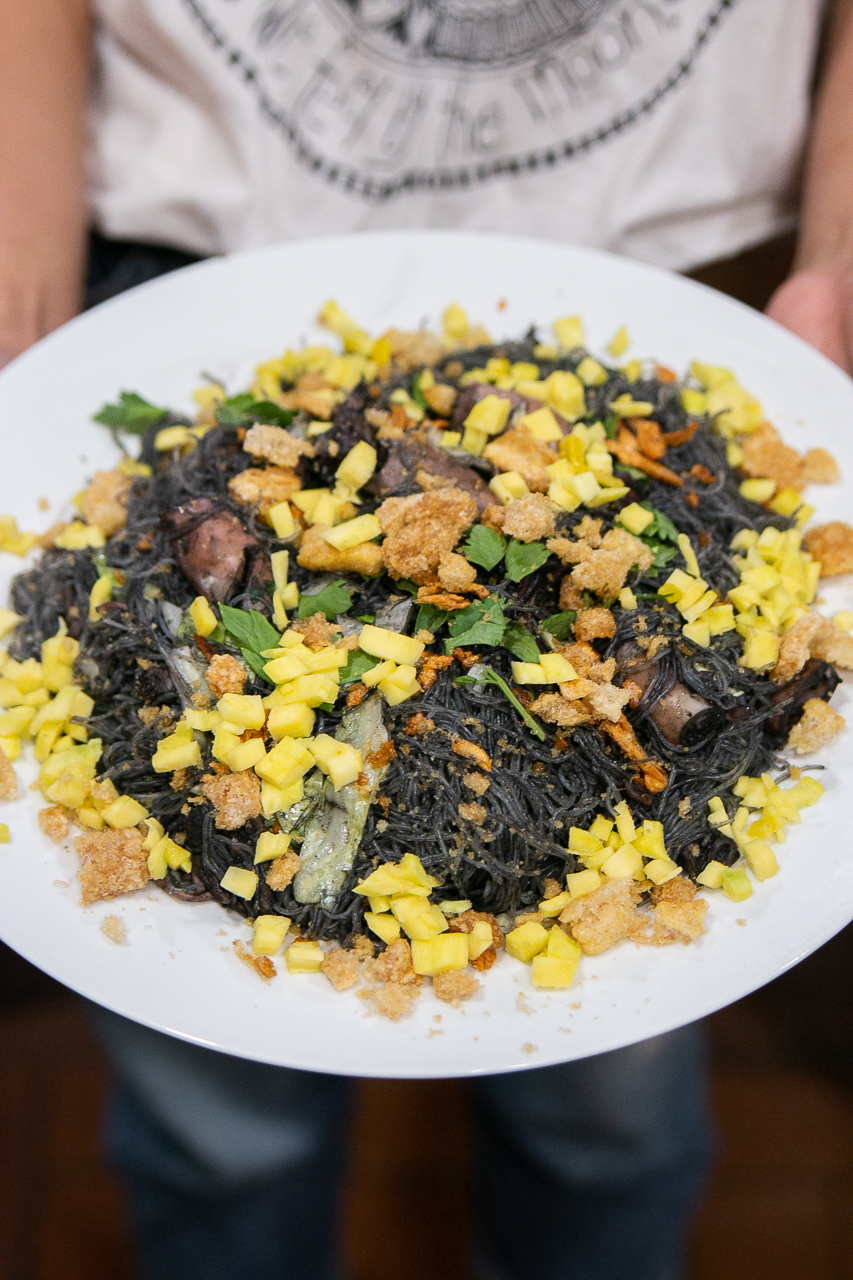
Three years ago, Bernardita “Bernie” Rojas Fontanilla opened Bernie’s Kitchenette, a humble restaurant unapologetically evocative of nostalgia in both its food and interiors. Framed black and white photos and historical memorabilia provide a backdrop of old-fashioned luminescence as we dined on pansit pusit (squid ink flavor and color the noodles’ sauce), pansit puso (pansit served with kinilaw na puso ng saging), buttered bacalao (cod fish sautéed in butter) and crispy lao-lao (a type of fish that is possibly indigenous to Cavite).
These were standard Tagalog dishes, possessing the same notes of sourness and saltiness that most Filipinos have grown up with. Except, as we learned that day, every dish is also distinctively Caviteño in that a few subtle tweaks were injected into them: For example, the addition of squid ink and kinilaw na puso ng saging.

The food is nostalgic not only because we recognize the flavors from our childhoods but also because Fontanilla says so. “For me, we still need to go back to the old times. Whatever happens, there will always be new food coming out. It’s just like a cycle, you’ll really need to go back to your roots and learn about the food that was being served before. That’s how you’ll realize and appreciate that the people who cooked before created really something special,” Fontanilla explains.
An informal forecast about the food trends of 2018 commissioned by San Miguel Pure Foods Culinary Center has found that Filipino heritage cuisine is bound to gain more traction among diners. Food that is rich in history is in. Fortunately for Cavite, food is history.
Such a clear-eyed, uncomplicated philosophy can sometimes suffer from the skepticism of the modern diner, but Fontanilla—who was born and raised in Cavite and to this day, cooks with her mother’s recipes—doesn’t employ nostalgia for nostalgia’s sake.
Fontanilla runs her restaurant with the discipline of an industry veteran. And food, for her, plays a function that extends beyond pleasure or sustenance. It is a way to educate, and heritage cooking is a much-needed education. It’s necessary because, for one, it turns out that it’s not just non-locals that are unaware of Caviteño cuisine.
“The young people here in Cavite, they don’t know their own cuisine. They’ve forgotten about it. Cooking and running this restaurant is my way to reintroduce Caviteño cuisine to them.”
Tanza: Abad Heritage House

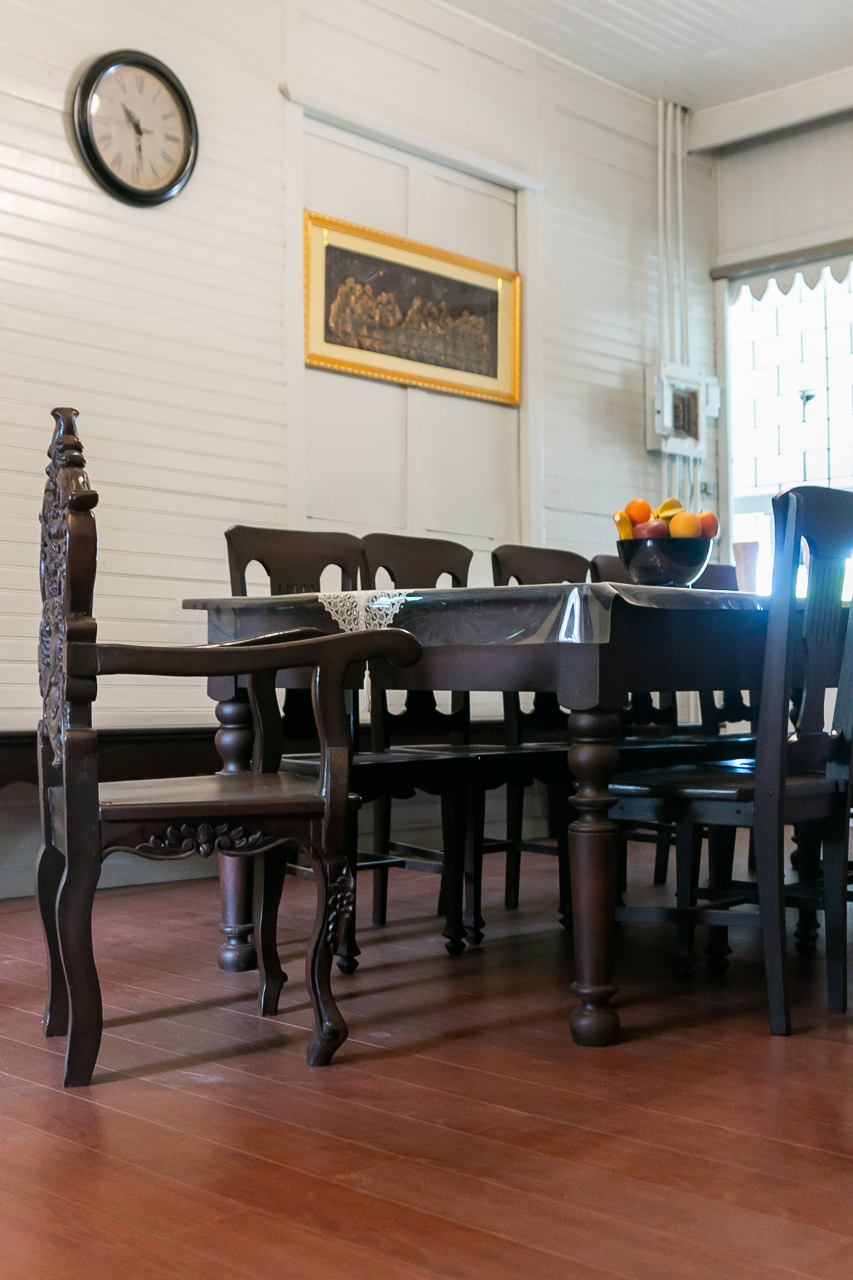
The 1820s saw the establishment of the Abad Heritage House, one of the oldest houses in the town of Tanza that has become a kind of historical emblem for Spanish-influenced homes in Cavite. Currently maintained by three brothers, the house is not open to the public—but that day allowed us to watch a cooking demonstration set at the top-floor veranda of the heritage house.
The first dish was called pipian, which is a variation of the classic kare-kare. The dish is comprised of ingredients that go into the usual kare-kare, except it uses chicken—not ox tripe—as its meat. The second dish, which is called tinumis, is Cavite’s version of dinuguan. The Caviteño tweak here is the use of tamarind leaves as the dish’s souring agent.
Much like the food in Bernie’s Kitchenette, pipian and tinumis are renditions of classic Filipino food: bears marks of Spanish and Chinese influences, heavy on meat, saltiness, and sourness. The idea that Caviteño cuisine is actually built on variations of beloved Filipino dishes was not a mere recurring theme after all.
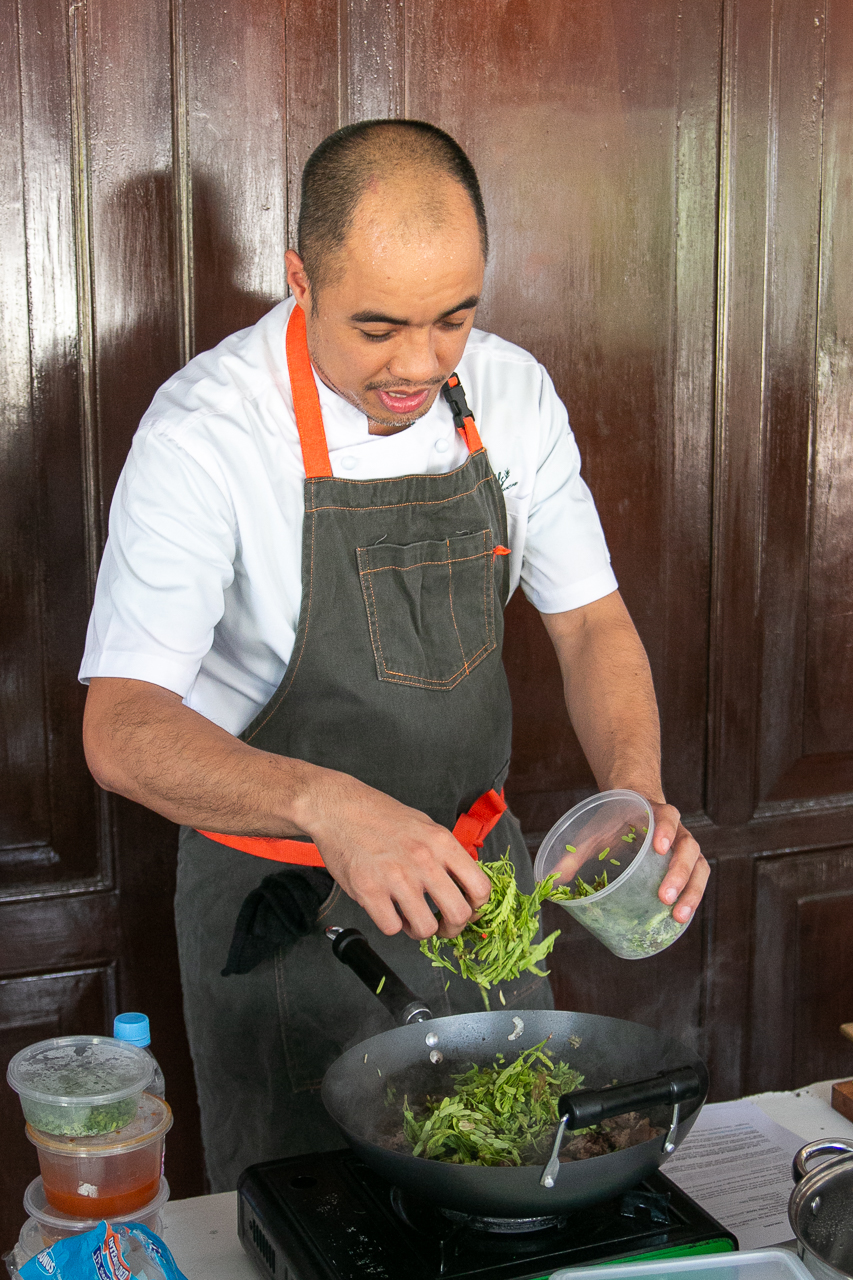
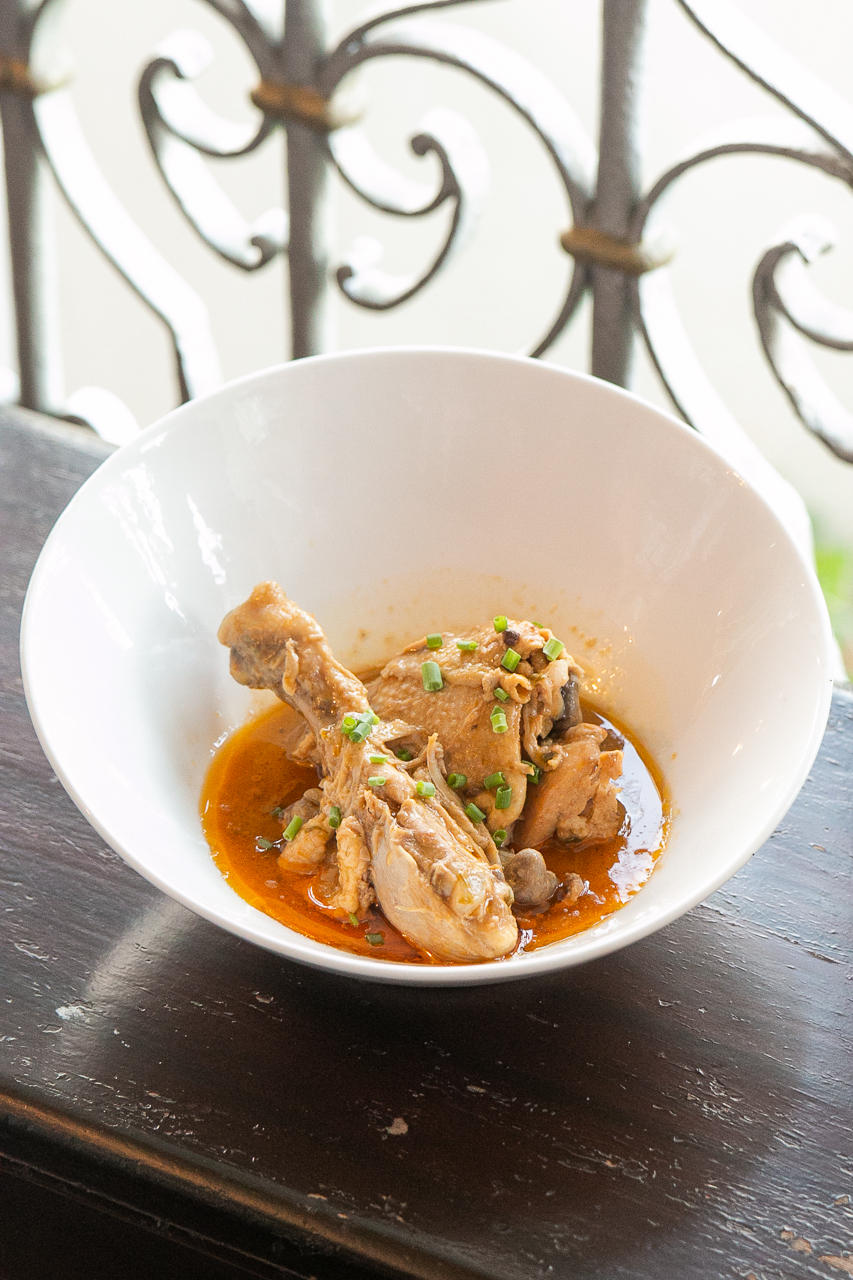
Chef Chris Bautista, who did the cooking demo, was upfront about Caviteño cuisine’s lack of distinctive dishes and flavors. “There’s no unique flavor. It’s really just traditional dishes that have been influenced from the culinary intermarriages that happened around the Cavite area.”
And though Bautista is equally honest about the province’s lagging culinary reputation at a national scale, he believes that because of its close relationship with history, Cavite will soon benefit from the growing demand for Philippine heritage cooking. “This interest in heirloom dishes can teach us things about Caviteño cuisine. For example, I recently just learned that pinaputok na tilapia is actually a traditional Caviteño dish.”
Much like the food in Bernie’s Kitchenette, pipian and tinumis are renditions of classic Filipino food: bears marks of Spanish and Chinese influences, heavy on meat, saltiness, and sourness.
It’s the kind of interest that is similar to other patterns in diner behavior: Customer inclinations like the pursuit of authentic national dishes (and getting it right—through cooking or otherwise); knowing where your food comes from; employing humane practices in raising animals.
Moral and environmental consciousness, the welfare of the marginalized, integrity—these are at the forefront of these movements, and the same could be said about this growing interest in heritage cooking. It tells us that Filipinos want to relearn and reestablish their culinary identity, and like the abovementioned movements, this “trend” is equally complex and is borne out of the desire to preserve something.
According to Bautista, the interest in Philippine heritage cuisine began as a way to protect traditional Filipino food from possible inauthentic renditions. “Five or 10 years ago, there’s already been an interest in Filipino cooking in the States. But some people feel like it’s getting out of hand because of the Americanization of Filipino food. So dedicated fans of Filipino cuisine, they want to make sure that we keep Filipino food in its truest form, but we can’t do it abroad so we have to do it here.”
Trece Martires: Cavite Republic Restaurant

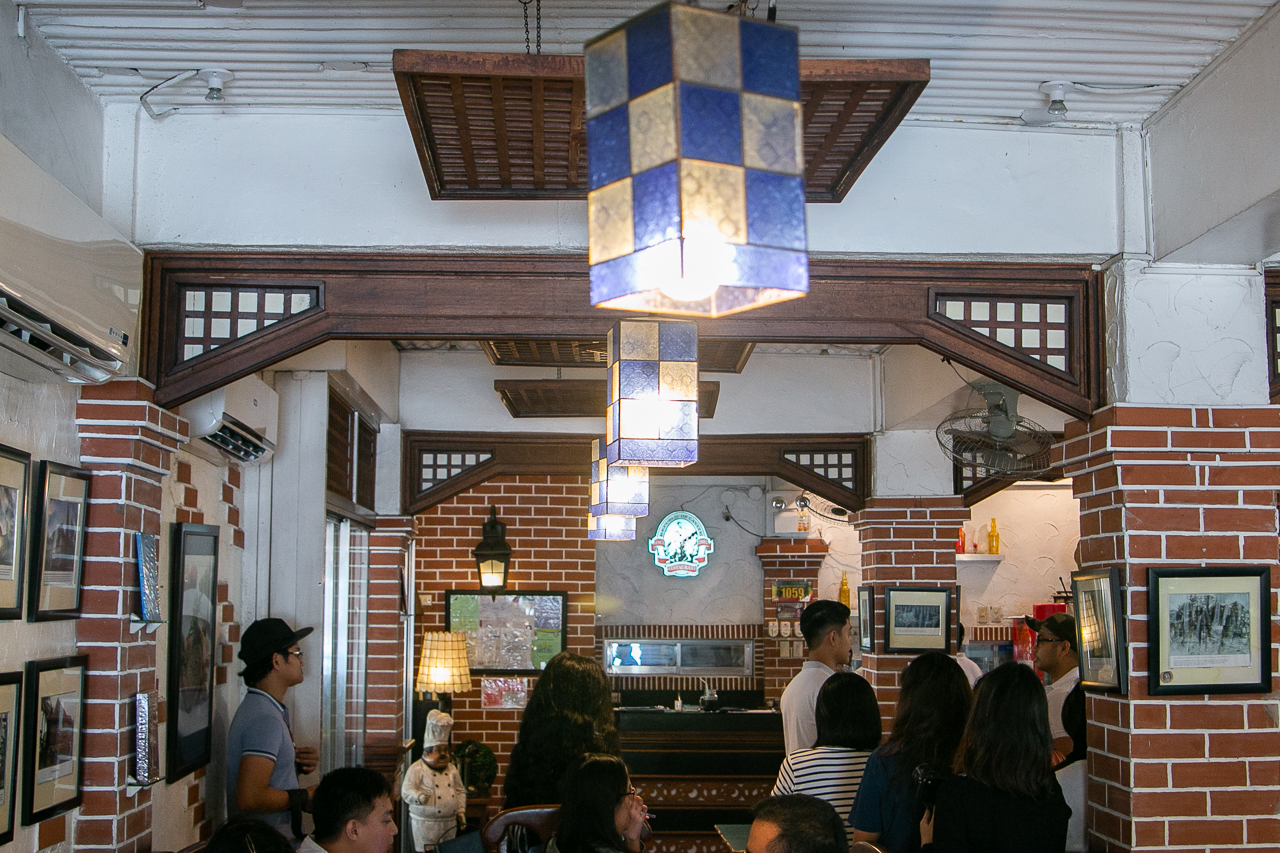
The large, cursive letters that spell this restaurant’s name will tell you enough about the establishment’s personality and mission statement. The kind of image it wants to convey is this: This restaurant was created with an official institution in mind, a top-of-mind landmark in Cavite—maybe the same way Aguinaldo Shrine is considered an important landmark in Cavite.
“While some of our dishes are still based on family recipes from the ‘70s, we wanted to take a different approach that could cater to the millennials. They’re not easy to impress, especially since their palates are complex” says Cavite Republic Restaurant’s Matt Pacumio.
That may be a bit of an exaggeration, but Cavite Republic Restaurant does possess some kind of historical relevance. This 16-year old restaurant was opened on June 12, Philippine Independence Day, as a reincarnation of Town’s Delight, another favorite food destination in Cavite. About the beginnings of this restaurant, chef and owner Matt Pacumio says: “It was really something that came from an intense desire to put up a historic landmark within the province of Cavite, and because my dad really wanted to showcase the cuisine of Cavite.”

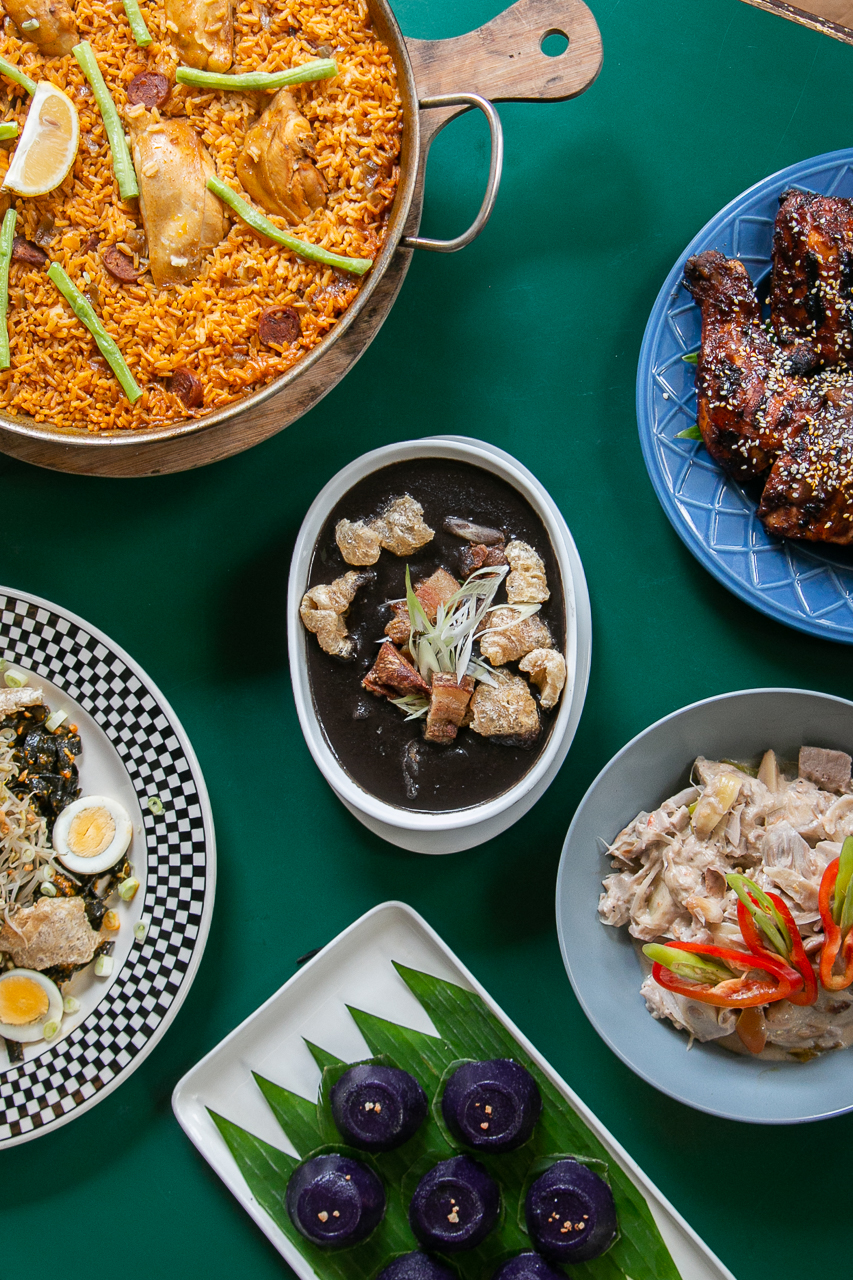
We went into this warm, family-friendly restaurant thinking it to be the most traditional one among all the food tour stops, but the food proved us wrong. Pacumio, who is in his early 20s, has decided to employ a strategy that slightly veers away from the traditional roots of the restaurant.
“While some of our dishes are still based on family recipes from the ‘70s, we wanted to take a different approach that could cater to millennials. They’re not easy to impress, especially since their palates are complex. In a dish, they look for different textures and flavors, and they also want it to be Instagrammable. Still, we want to tap that market because they’re a big population.”
Pacumio believes that attracting this market is key to not only mainstreaming Cavite cuisine but also as a way to preserve its [Cavite cuisine] historical relevance, suggesting that heirloom cooking does not lose its authenticity through innovation. We dined on, again, variants of traditional dishes: paella Valenciana, grilled chicken sinampalukan, Cavite express, pancit estacion negra, and crispy dinuguan.
The tweaks, this time, were not only unique to Cavite but were also reflective of a new generation’s efforts of recognizing and sharing history through food.



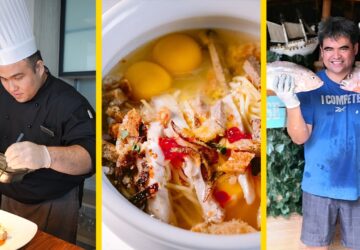


I have read lots and lots of articles on this subject and yours really stands out thank you.